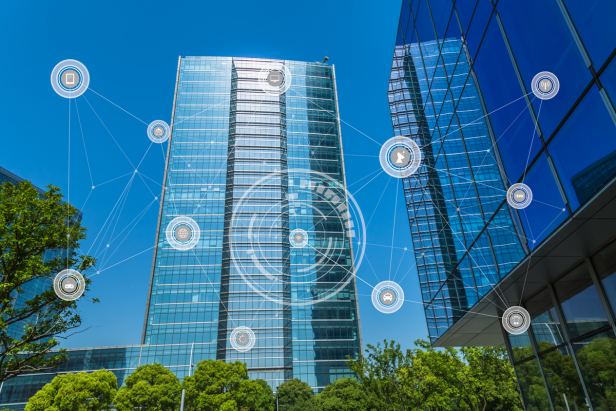Cityzenith announced that it was providing technology to Los Angeles' Better Buildings Challenge, a community of building owners representing 150 million feet of commercial real estate space committed to 'going green'."
Using Cityzenith's SmartWorld Digital Twin product, the LA organization plans to use computerized simulations tied to the Internet of Things in buildings "to simulate their optimum financial paths to net zero emissions."
The concept of digital twins has been expanding. Last fall, Cityzenith promoted its work with part of Las Vegas to "improve mobility, air quality, noise pollution, water management, and emissions from major buildings." But the company is hardly the only one in the space.
Recommended For You
In April, the Orlando Economic Partnership announced a digital twin for the entire city. A virtual copy of the city would let real estate investors, developers, REITs, and the like investigate the area more efficiently with less need for travel. Companies, nonprofits, and local governments could also see the impact on the area their plans could have.
In theory, smart buildings that are outfitted with IoT sensors can capture and send many types of data—temperature, humidity, occupancy, lighting and heating use, parking usage, and more—to sophisticated software that models the properties. In theory, the computer systems can allow managers to run simulations and scenario planning, changing parameters and watching the impact on the buildings, occupants, and even surrounding areas to better understand how to manage goals.
JLL noted increases in use of digital twins in the fall of 2020. And according to Mordor Intelligence, the value of the global digital twin market—which has major applications beyond real estate—was an estimated $10.3 billion in 2021 and would reach $61.45 billion by 2027, a compound annual growth rate of almost 34.5%.
But the ways we measure things can lead to mistakes. That market size figure is for all parts of digital twins, including all the technology, the additional equipment perhaps, certainly the consultants across all areas where the technology can make an appearance, which includes supply chains, retail, infrastructure—even a wildfire, according to the site EnergyCentral. Sales projections from market analysts, who are often wrong, frequently remain as a block and not broken out into submarkets, like commercial real estate, which is often slow to adopt new technology.
Such estimates are frequently wrong because they're made at a time based on models, which are oversimplifications of reality. And that gets to a potential weakness that CRE professionals have to consider. A model of a building isn't the building and its actual conditions because the full reality is far too complex to directly address. There may be mistakes in the model, limitations of what data is collected, and incorrect assumptions baked in.
Is the technology worth considering? Of course, with the caveat of having a way to measure its effectiveness in solving the specific problems that a property might have.
© Touchpoint Markets, All Rights Reserved. Request academic re-use from www.copyright.com. All other uses, submit a request to [email protected]. For more inforrmation visit Asset & Logo Licensing.






